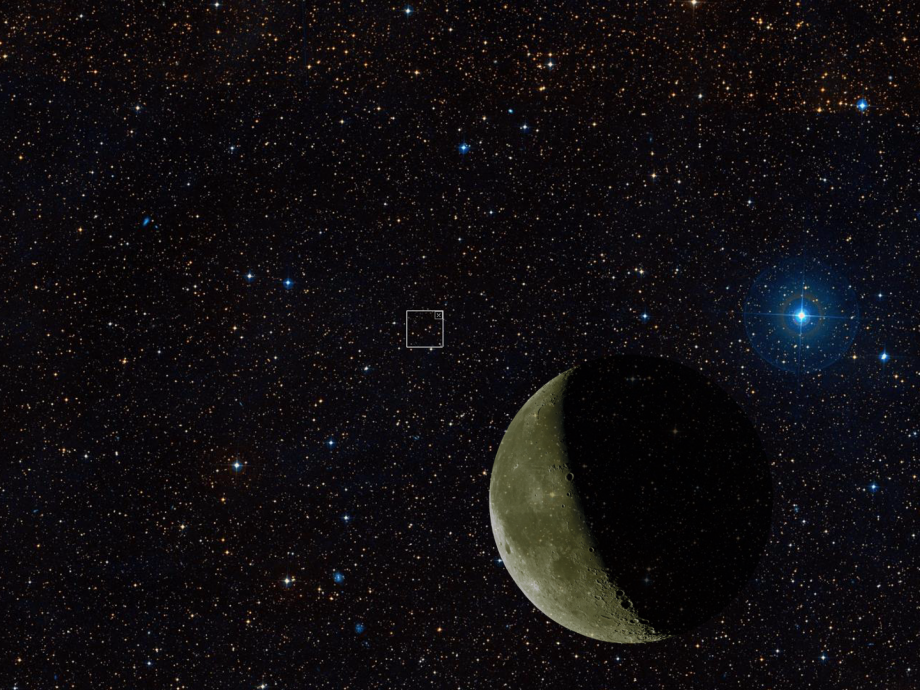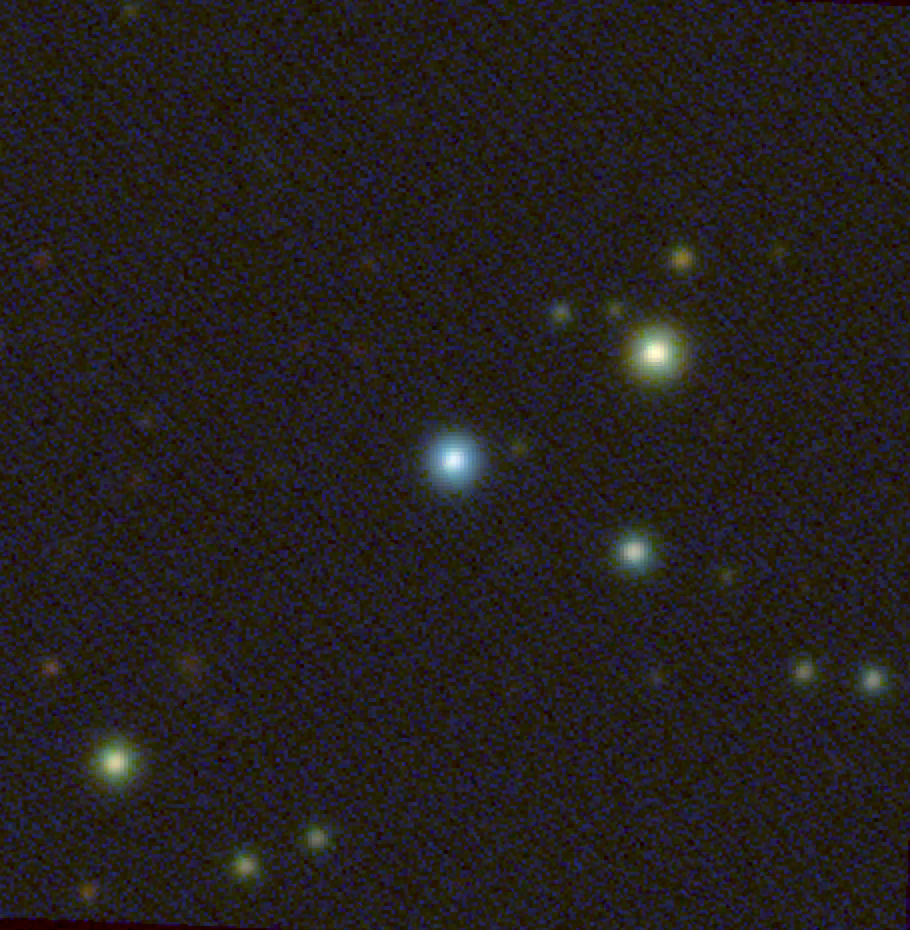NCI hosts the globally recognised SkyMapper data collection, a unique set of images of the Southern Sky, recently used to discover the fastest growing black hole in the last 9 billion years of cosmic history. Researchers from The Australian National University looking through the SkyMapper collection have spotted a completely unexpected black hole, 7,000 times brighter than all the light in our galaxy.
Dr Christopher Onken and PhD candidate Samuel Lai make use of the SkyMapper data to search for interesting astronomical phenomena. As an easily accessible reference data collection, it allows them and researchers around the world to readily use this high-resolution survey of the entire Southern Sky.

Dr Onken says, “One of the reasons to build a cosmic atlas like the SkyMapper Southern Survey is to enable astronomers to find objects they didn't even know they were looking for. The possibilities of the SkyMapper data expand immeasurably when it is made available to the larger community. For SkyMapper, that exposure to the world is enabled through NCI's support of the All-Sky Virtual Observatory.”
Mr Lai says, “We found this black hole while we were looking for something completely different – star pairs in our own galaxy. It’s quite incredible to be able to come across something like this in the course of our research.”

The All-Sky Virtual Observatory provides a simple and seamless experience for researchers to search through and analyse observations from within the SkyMapper dataset. With the data and the analysis platform all hosted at NCI, astronomers can focus on their scientific questions instead of the data management challenges.
Professor Christian Wolf from the ANU says that “it is a sign of the maturity of the whole project and its NCI support that we take the ease of making data enquiries for granted these days.”
NCI plays a valuable role in the research community, enabling new and exciting science approaches by taking care of the data management challenges. In turn, this lets researchers aim higher on the back of robust, reliable and powerful underpinning infrastructure.
The SkyMapper project, led by the ANU, continues to provide an invaluable service to the astronomy research community. Its growing dataset provides rich insight into some of the fundamental questions about the universe. Underpinning the scientific process, the high-performance computing and big data research platforms that NCI provides make the next astronomical discovery that much more likely.
Read the ANU media release here: https://www.anu.edu.au/news/all-news/scientists-discover-rapidly-growing-black-hole
Read the scientific paper here: https://arxiv.org/abs/2206.04204
Read other NCI SkyMapper stories here: https://nci.org.au/search?keywords=SkyMapper